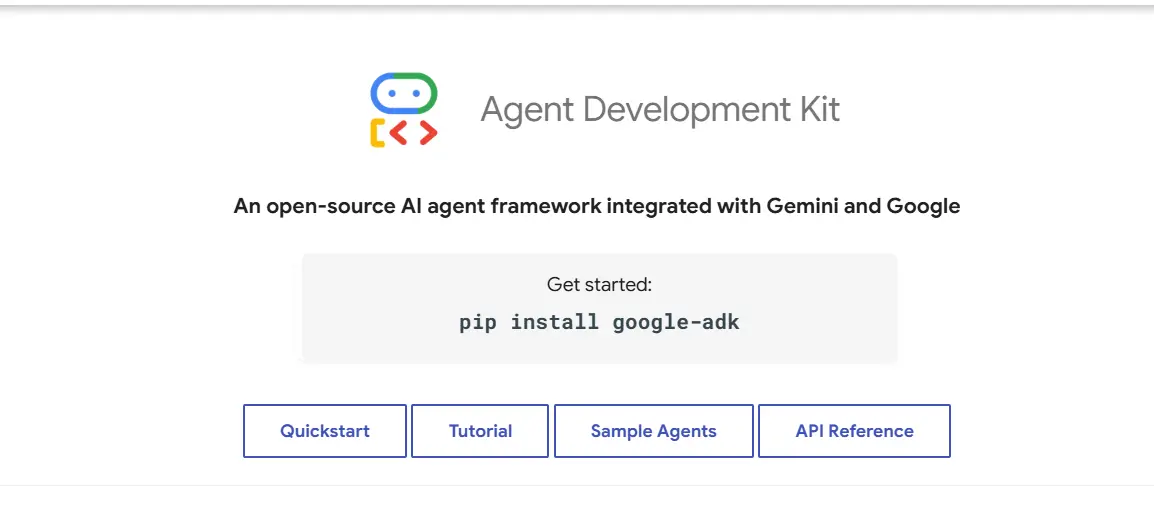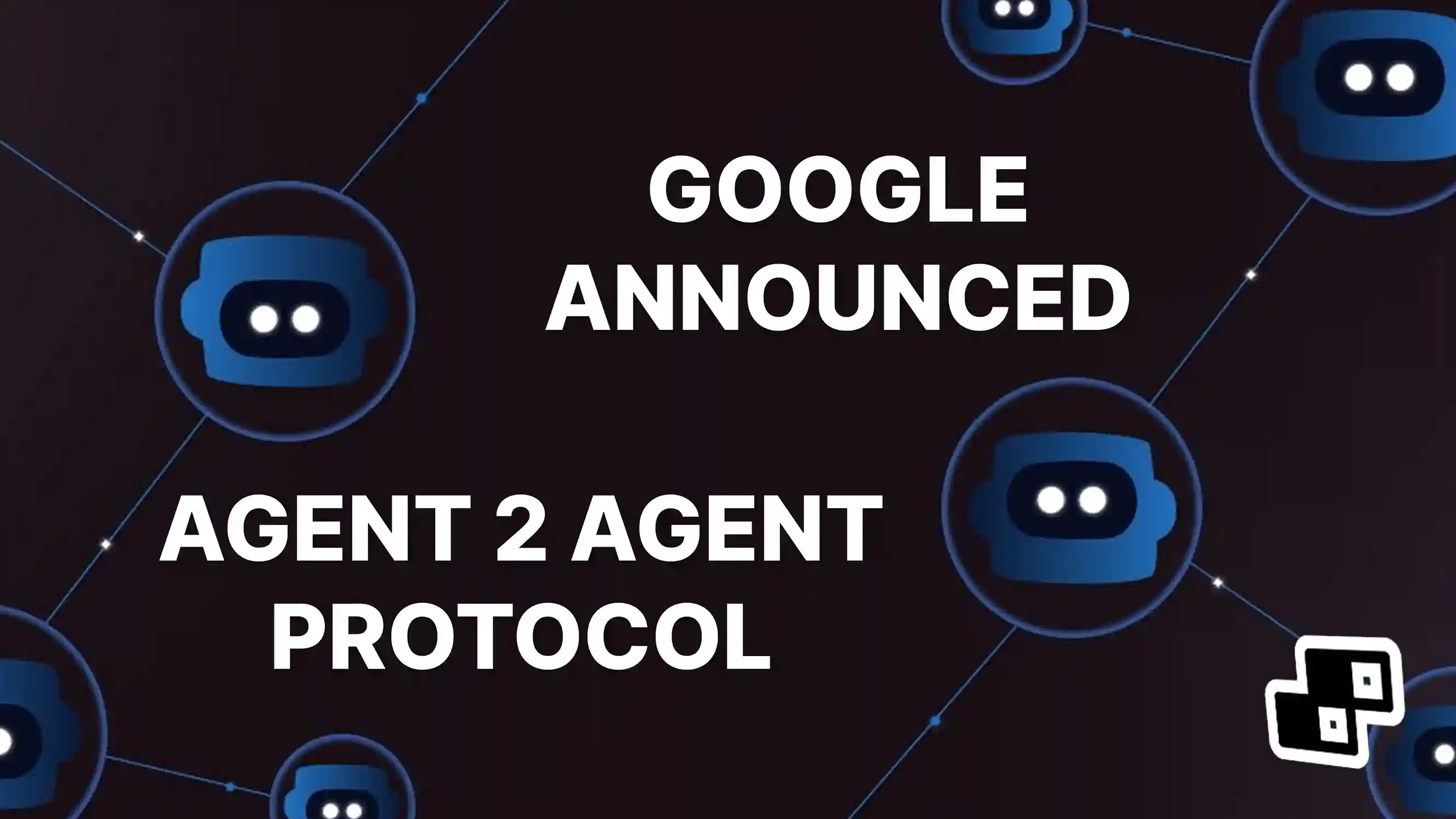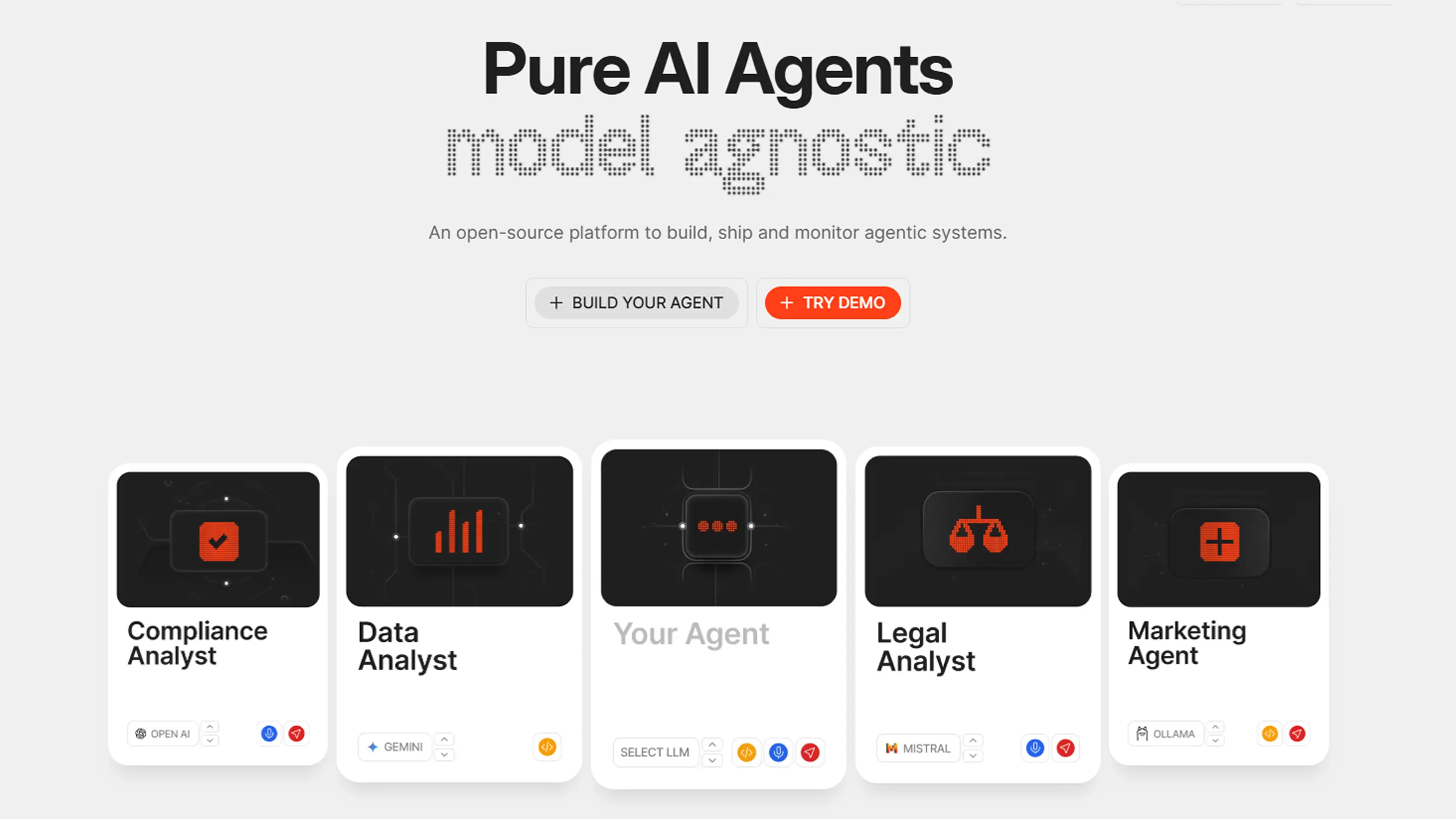Google's Agent Development Kit (ADK): A New Era for AI Agent Development

Usama Navid
AI and Automation Expert

Google's Agent Development Kit (ADK): A New Era for AI Agent Development
In the rapidly evolving world of AI, Google has just rolled out its own contribution to agent frameworks with the introduction of the Agent Development Kit (ADK). Announced at Google Cloud Next in Las Vegas, this Python-based toolkit promises to revolutionize how developers build, evaluate, and deploy AI agents. Let's dive into what makes this framework special and why it matters for both developers and businesses.
What is the Agent Development Kit?
The Agent Development Kit (ADK) is an open-source, code-first Python toolkit designed for creating sophisticated AI agents. Built with flexibility and control in mind, it allows developers to seamlessly integrate these agents with Google Cloud services. Unlike some existing frameworks that focus primarily on local development, Google's ADK is deployment-ready from the start, emphasizing cloud integration and production-level functionality.
"Google's taking the approach that you're gonna want this thing to be able to be used in the cloud and running remotely in the cloud," notes one industry observer at the Google Cloud Next event.
Key Features That Set ADK Apart
1. Code-First Development Approach
Unlike no-code or low-code platforms, ADK gives developers direct control through code. This approach enhances testability, versioning capabilities, and offers granular control over agent behavior – critical factors for enterprise-level applications.
2. Multi-Agent Systems Architecture
One of ADK's standout features is its robust support for building systems with multiple specialized agents working together. The framework offers several patterns for agent collaboration:
- Coordinator/Dispatcher Pattern: A central agent routes requests to specialists
- Sequential Pipeline Pattern: Agents work in a fixed order, passing outputs forward
- Parallel Fan-Out/Gather Pattern: Multiple agents work simultaneously before results are combined
- Hierarchical Task Decomposition: Complex problems are broken down into manageable sub-tasks
- Review/Critique Pattern: One agent generates content while another reviews it
- Iterative Refinement Pattern: Agents progressively improve outputs through multiple passes
3. Flexible Model Support
ADK isn't limited to Google's Gemini models. At launch, it supports various models including:
- Google's Gemini models
- OpenAI models
- Claude from Anthropic
- Other models via the LiteLLM integration
This flexibility gives developers freedom to choose the right model for their specific use case or budget constraints.
4. Production-Ready Infrastructure
From day one, ADK has been built with production deployment in mind:
- Built-in Evaluation: Tools to measure agent performance and quality
- Deployment Options: Scale with Vertex AI Agent Engine, Cloud Run, or Docker
- Streaming Support: Build real-time, interactive user experiences
- State & Memory Management: Configure both short-term context and long-term memory
How ADK Works: The Technical Breakdown
At its core, ADK operates through a hierarchical structure of agent components. The basic building blocks include:
Base Agents
All agents inherit from the BaseAgent class, which provides core functionality. Specialized versions include:
- LLM Agents: Powered by large language models like Gemini
- Workflow Agents: Special agents that orchestrate execution flows (Sequential, Parallel, Loop)
- Custom Agents: Your own specialized agents with custom logic
Communication Mechanisms
Agents interact through several mechanisms:
- Shared Session State: Agents read/write to a common state dictionary
- LLM-Driven Delegation: An agent's LLM can decide to transfer control to another agent
- Explicit Invocation: Agents can expose other agents as callable tools
Tools Integration
ADK provides a robust system for integrating various tools:
- Built-in Google Cloud tools
- Function-based custom tools
- OpenAPI specification tools
- Integration with existing framework tools (like those from LangChain)
Getting Started: Your First ADK Agent
Getting started with ADK is straightforward:
You can then run your agent using the ADK CLI or web interface:
Why ADK Matters: The Business Perspective
For business leaders and non-technical stakeholders, Google's ADK represents an important development in AI infrastructure:
Enterprise Integration
ADK is designed with enterprise needs in mind, featuring authentication systems for tools, deployment options that scale, and integration with Google Cloud's enterprise-grade security.
Modular Development
The multi-agent architecture allows teams to develop specialized components independently, improving development workflows and enabling reuse of existing agent building blocks.
Reduced Technical Debt
The code-first approach means applications built with ADK are maintainable, testable, and evolve cleanly with your business needs – reducing costly rewrites down the line.
Practical Use Cases
ADK enables AI applications like:
- Customer service systems with specialized agents for different query types
- Research assistants that gather, analyze, and synthesize information
- Content creation pipelines with generation and quality control steps
- Decision support systems that decompose complex problems
How ADK Compares to Other Frameworks
Google isn't the first to enter the agent framework space. OpenAI recently released their own agent framework, and tools like LangChain and LlamaIndex have been around longer. However, ADK differentiates itself through:
- Production Emphasis: First-class support for deployment scenarios rather than just experimental development
- Google Cloud Integration: Native connections to Google's enterprise services
- Workflow Orchestration: Sophisticated patterns for multi-agent collaboration
- Evaluation Framework: Built-in systems for measuring and improving agent performance
The Road Ahead
As the GitHub repository for ADK has just been made public, we can expect rapid development and community contributions in the coming months. Google's engineering-focused approach suggests the framework will evolve with a strong emphasis on practical, production-grade capabilities.
For developers already working with AI agents, ADK offers a compelling alternative worth exploring. For businesses looking to implement AI solutions, it represents a framework that bridges experimental prototyping and production deployment in ways that previous tools have struggled to achieve.
Are you experimenting with Google's ADK or other agent frameworks? Share your experiences in the comments below!
[Resources: Official Documentation | GitHub Repository]

Usama Navid
AI and Automation Expert
Usama Navid is a contributor at Buildberg, sharing insights on technology and business transformation.
Related Posts

Agent2Agent Protocol: Google's New Framework for AI Collaboration
Google Cloud Next 2025 introduced the Agent2Agent (A2A) Protocol, a new open standard designed to revolutionize how different AI agents communicate and collaborate, regardless of their underlying models or frameworks.


Reasoning Agents: How to Build Powerful AI Agents with Chain of Thought Capabilities
Use reasoning agents to solve complex problems with chain of thought capabilities, even on your local machine
